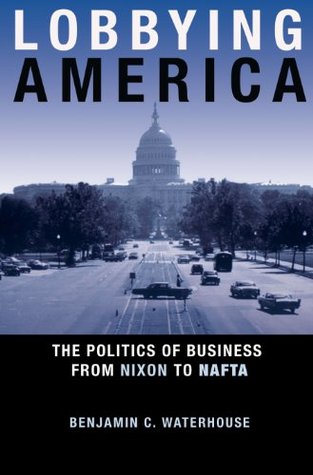Kindle Notes & Highlights
Read between
September 19 - September 26, 2022
second half of the twentieth century witnessed a historic boom in the sheer quantity of paid representation.
Finally, in 1946, the Federal Regulation of Lobbying Act mandated that any person hired to lobby Congress on behalf of someone else had to register and submit reports of her or his expenses related to that lobbying.
Citizens United ruling in 2010, which overturned restrictions on corporate and union campaign donations on the grounds that such giving constituted constitutionally protected speech,
Washington-based associations used massive public relations campaigns to generate broad-based enthusiasm for or against certain policies. They then used their national networks to coordinate a common vocabulary—“talking points,” to the cynics—and consistent message, which constituents from across the country communicated back to their representatives.
broad ideological claims about free enterprise and the stifling effect of government regulation.
On a policy level, the restructuring of the administrative state through the proliferation of social regulations altered the landscape of interest group politics and increased compliance costs and disclosure requirements for more heavily regulated firms.


